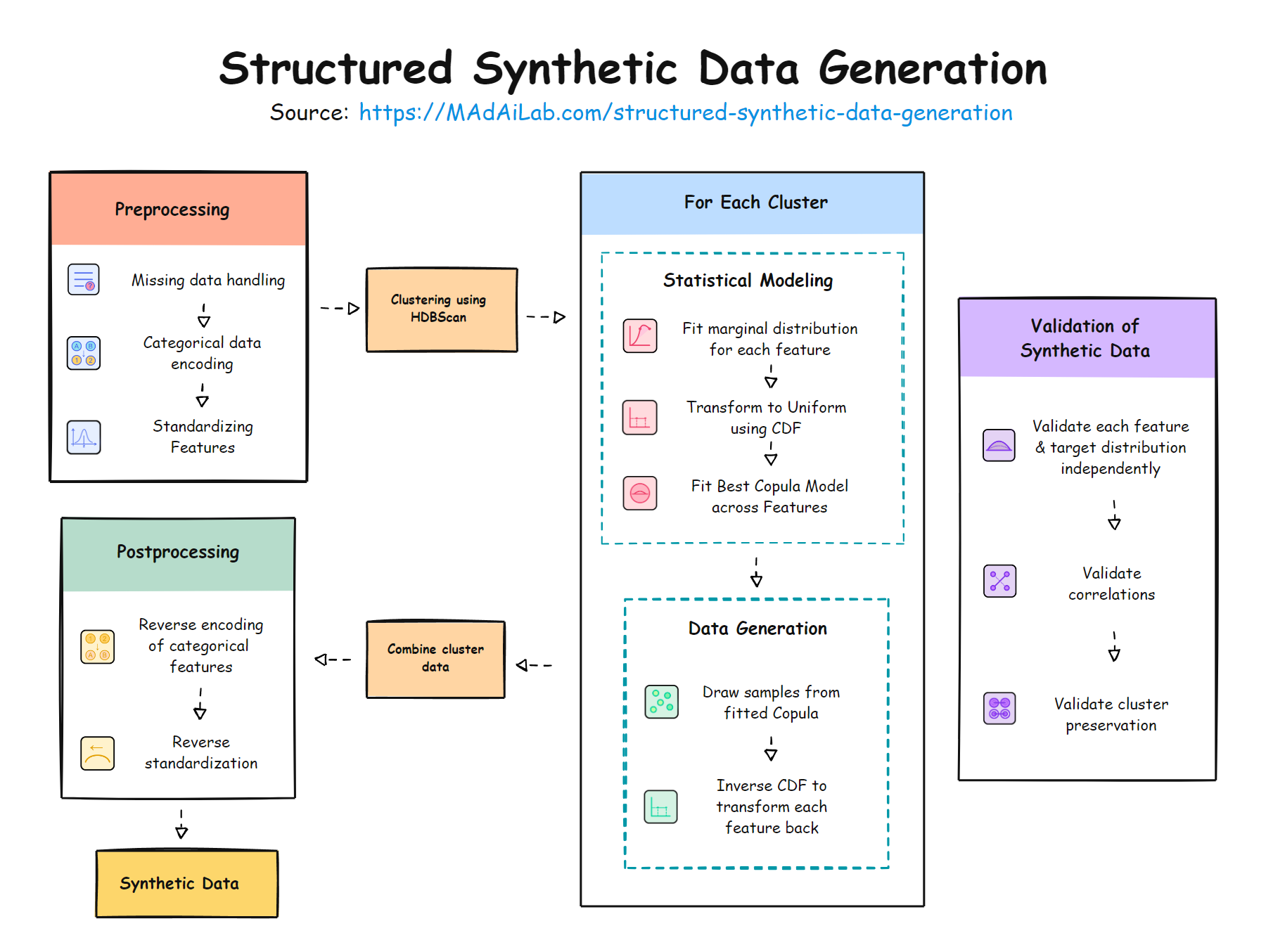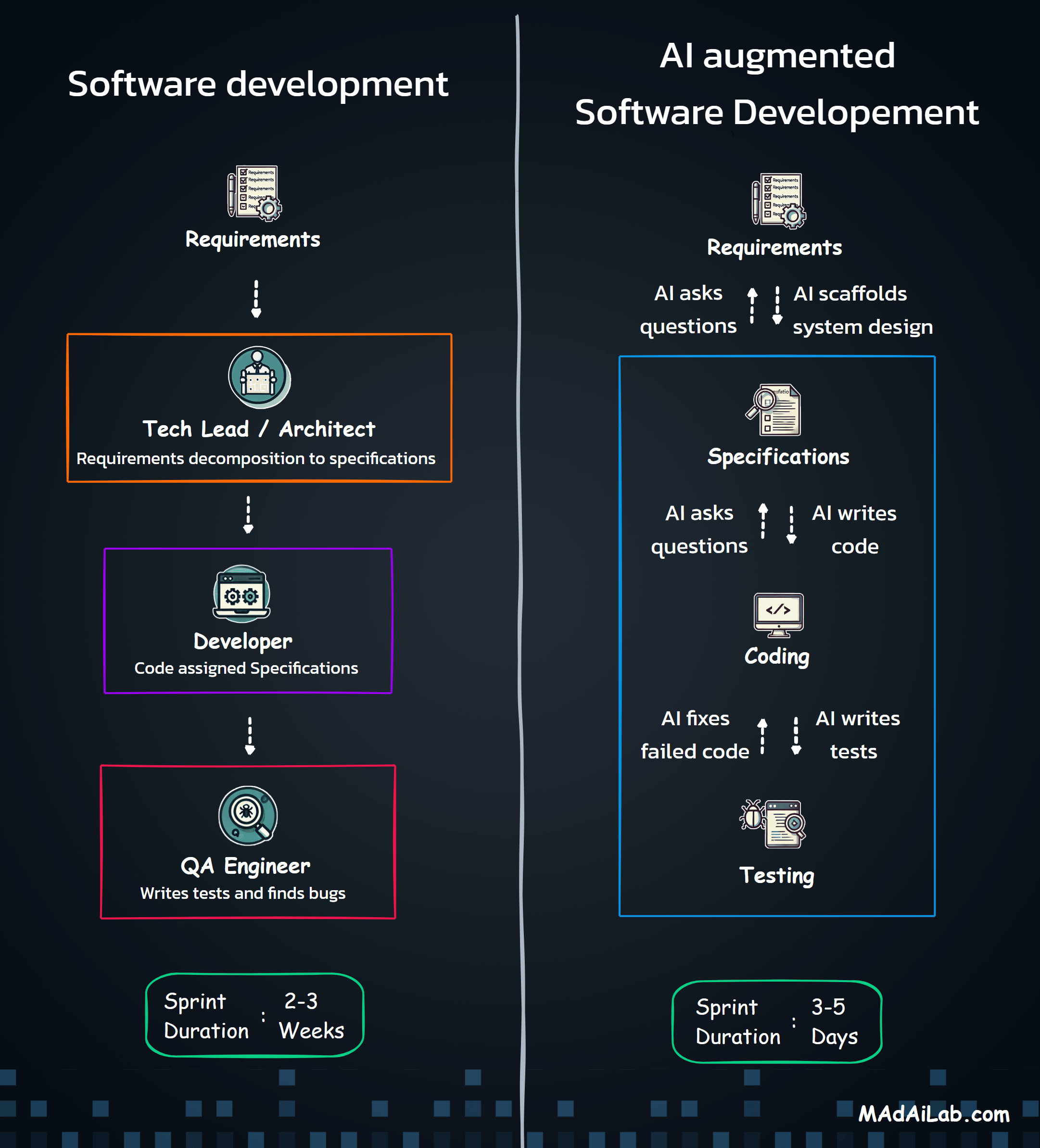Table of Content
The Solution: EduAiQ
Hierarchical Quota Management
Quota Hierarchy
Admin level rights:
Quota Management Interface
Authentication & Role-Based Access Control
API Gateway or Proxy Layer
Extensibility
Benefits
Possible Tech Stack
About the Author
EduAiQ: Intelligent Quota Management for Academic AI Access
EduAiQ is an open-source platform that enables academic institutions to provide a ChatGPT-style AI experience while managing access to various AI models through hierarchical quota controls at the university, college, and department levels.
EduAiQ: Intelligent Quota Management for Academic AI Access
Faculty, staff, and students increasingly rely on AI chatbots like ChatGPT for teaching, research, and day-to-day academic tasks. However, providing this level of access at scale presents a major challenge. Purchasing individual ChatGPT Plus licenses across an entire university would be prohibitively expensive, and would also lock the institution into a single provider—a risky move given how rapidly the AI ecosystem is evolving, with no clear long-term winner.
Further, different academic needs call for different AI models—humanities may prioritize conversational fluency, while STEM disciplines may require code generation and technical reasoning. Meanwhile, a new wave of open-weight models like LLaMA, DeepSeek, and Qwen are rapidly approaching or matching ChatGPT’s capabilities, and can be deployed at a fraction of the cost—especially via serverless inference providers such as Together.ai.
At the same time, educational institutions need centralized tools to manage and allocate AI resources—allowing administrators to set usage policies and quotas across colleges, departments, faculty, courses, and students, while staying within contractual or budgetary limits.
This requires both technical flexibility and governance infrastructure—a solution that respects budgets while still fostering innovation.
The Solution: EduAiQ
EduAiQ could be an open-source platform designed specifically for academic institutions to provide affordable, controlled, and scalable access to AI model APIs. It integrates with Open WebUI, a powerful open-source ecosystem that delivers a ChatGPT-style chat interface and supports multiple backend model providers. Open WebUI already connects to APIs like ChatGPT and can be extended to work with other closed and open-weight models (e.g., Claude, Gemini, DeepSeek, Mistral) via providers like Together.ai.
With EduAiQ, educational institutes can:
- Deploy a single, unified chat interface like ChatGPT using Open WebUI with open-weight Model APIs
- Avoid paying for per-user licenses by managing backend API usage directly
- Choose and switch between AI models based on performance, price, or policy
- Support both commercial and open-source models to optimize cost and compliance
Hierarchical Quota Management
The platform also includes a robust multi-tiered quota and access control system. Administrators at the university, college, department, faculty, and course levels can:
- Allocate and enforce usage limits
- Inherit or override quotas from higher levels
- Assign separate quotas for teaching vs. research
- Track usage metrics to forecast demand and control costs
This hierarchical structure ensures flexibility, accountability, and autonomy—without breaching budgetary or contractual limits with API providers.
Here's a breakdown of the concept and its key components:
Key Concepts
Quota Hierarchy
- University Admin → manages global contract with model providers and sets quotas for each college.
- College Admin → gets a share from the university quota or buys its own; allocates to departments; sets quotas for various departments.
- Department Admin → gets a share from the college quota or buys its own; sets quotas for faculty (research & teaching) and courses.
- Faculty → gets separate quotas for teaching and research;
- Course → gets a quota that students use for assignments, labs, etc.
Admin level rights:
- Can allocate quotas downwards as percentages or fixed limits.
- Can inherit quota from the level above
- Can acquire/buy their own (grant-funded, special budgets, etc.).
- Can track and adjust usage in real-time.
Functional Requirements
Quota Management Interface
- Web-based dashboards for each level of admin (University, College, Dept., etc.)
- Set, update, and track quotas
- Allocate quotas as percentages or fixed values
- View usage reports and forecasts
Authentication & Role-Based Access Control
- Integration with university SSO systems (e.g., Shibboleth, CAS)
- Fine-grained permissions based on role (student, faculty, admin)
Usage Metering and Billing
- Track API usage (input/output tokens)
- Map usage to users and roles
- Generate reports and optionally chargebacks (e.g., deduct from grant)
API Gateway or Proxy Layer
- A middleware that routes requests to various model providers
- Enforces quotas and access rules
- Logs usage for accounting
Extensibility
- Support for multiple API providers
- Private models (ChatGPT, Claude, Gemini, Grok),
- Open-weight inference API providers such as Together.ai for open-weight models such as (Llama, Deepseek, Mistral, Qwen)
- Pluggable system to add new models/contracts
- Allow export of usage data for integration with university ERP/billing systems
Benefits
- Cost control and accountability at every level.
- Scalability across diverse use cases: teaching, research, student projects.
- Autonomy for departments/faculty with oversight from higher levels.
- Encourages responsible use of expensive API resources.
Possible Tech Stack
- Backend: Open WebUI, and Node.js, Python (FastAPI), or Go
- Frontend: Next.js and React (with role-based dashboards)
- Database: PostgreSQL for quotas and usage data
- Auth: SAML/OAuth integration with university identity providers
- Logging/Analytics: ELK stack, Kafka, Spark
About the Author
Dr. Rohit Aggarwal is a professor, AI researcher and practitioner. His research focuses on two complementary themes: how AI can augment human decision-making by improving learning, skill development, and productivity, and how humans can augment AI by embedding tacit knowledge and contextual insight to make systems more transparent, explainable, and aligned with human preferences. He has done AI consulting for many startups, SMEs and public listed companies. He has helped many companies integrate AI-based workflow automations across functional units, and developed conversational AI interfaces that enable users to interact with systems through natural dialogue.
You may also like






